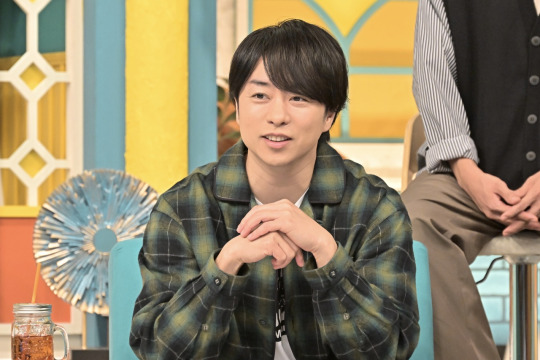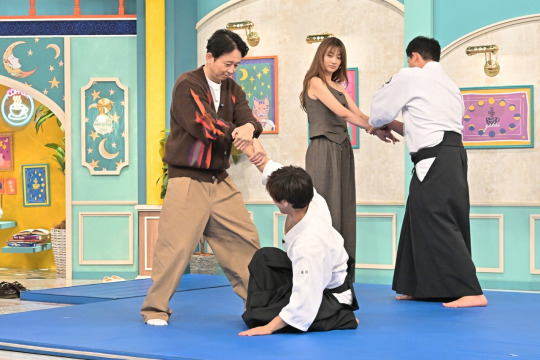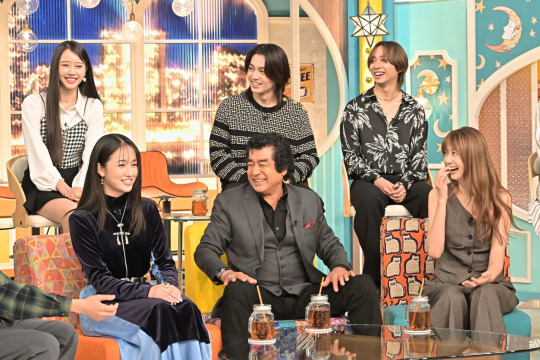#Soto Nishino
Explore tagged Tumblr posts
Text




#Sakurai Sho#櫻井翔#Arashi#Kaito Nakamura#中村海人#Genta Matsuda#松田元太#Travis Japan#Hiroyuki Aryoshi#Nao Asahi#Hiroshi Fujioka#Mai Fujioka#Ai Tensho#Amane Tensho#Yuna#Soto Nishino#Nadal#Korokoro Chiki Chiki Pepper#Kei Yamazaki#The Yakai#Japanese Entertainment Programme#TBS
7 notes
·
View notes
Video
(via Pepsi creates a new cola for Christmas fried chicken in Japan | SoraNews24 -Japan News-)
The commercial stars comedy duo Korokoro Chikichiki Peppers, commonly known as “Korochiki”, with member Nadaru in front of the camera expressing his surprise at how well the Pepsi pairs with fried chicken. Directing him is the other half of Korochiki, Soto Nishino, who asks Nadaru to amp up the sense of deliciousness in the second take, do it with more Nadaru flair in the third take, make the chicken more prominent in the fourth take, and then in the final take, he’s asked to do it like Santa, but in the end, nobody gets his performance.
0 notes